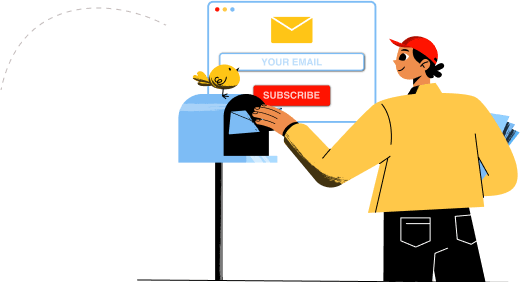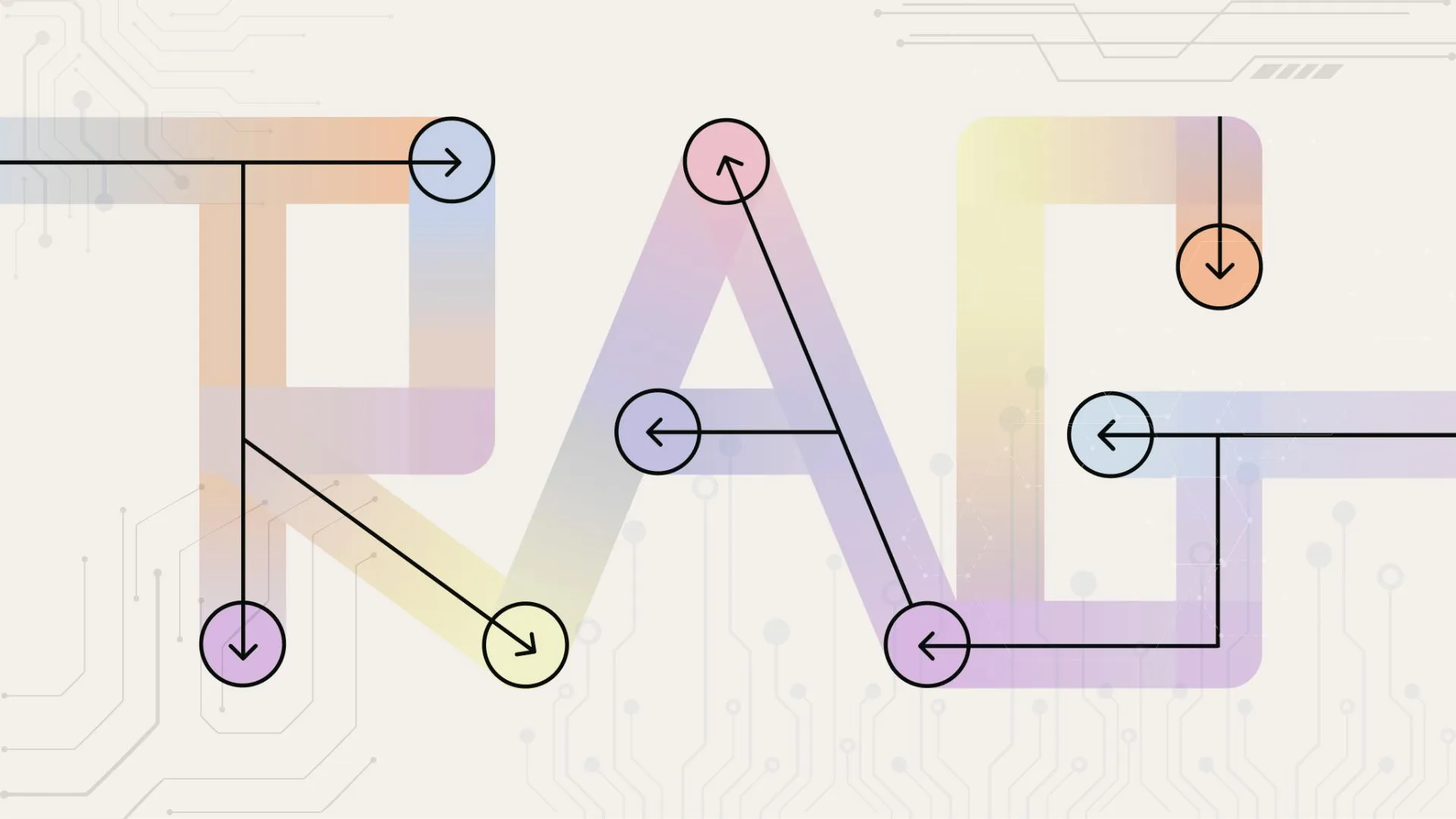
Retrieval-Augmented Generation (RAG) is a framework designed to enhance the capabilities of natural language generation models by incorporating external knowledge through a retrieval mechanism.
• Retrieval Component: The retrieval component searches a large external database or knowledge base to find relevant information or documents based on a given query or input. This step ensures that the system can access up-to-date and specific information that might not be present in the model's training data.
• Augmented Generation: The information retrieved in the first step is then used to augment the input to a generation model, such as a transformer-based language model. This enables the generation model to produce more accurate, informed, and contextually relevant responses.
• Combination of Retrieval and Generation: By combining retrieval and generation, RAG leverages the strengths of both approaches. The retrieval component ensures the system has access to a vast amount of knowledge, while the generation component allows for coherent and contextually appropriate language production.
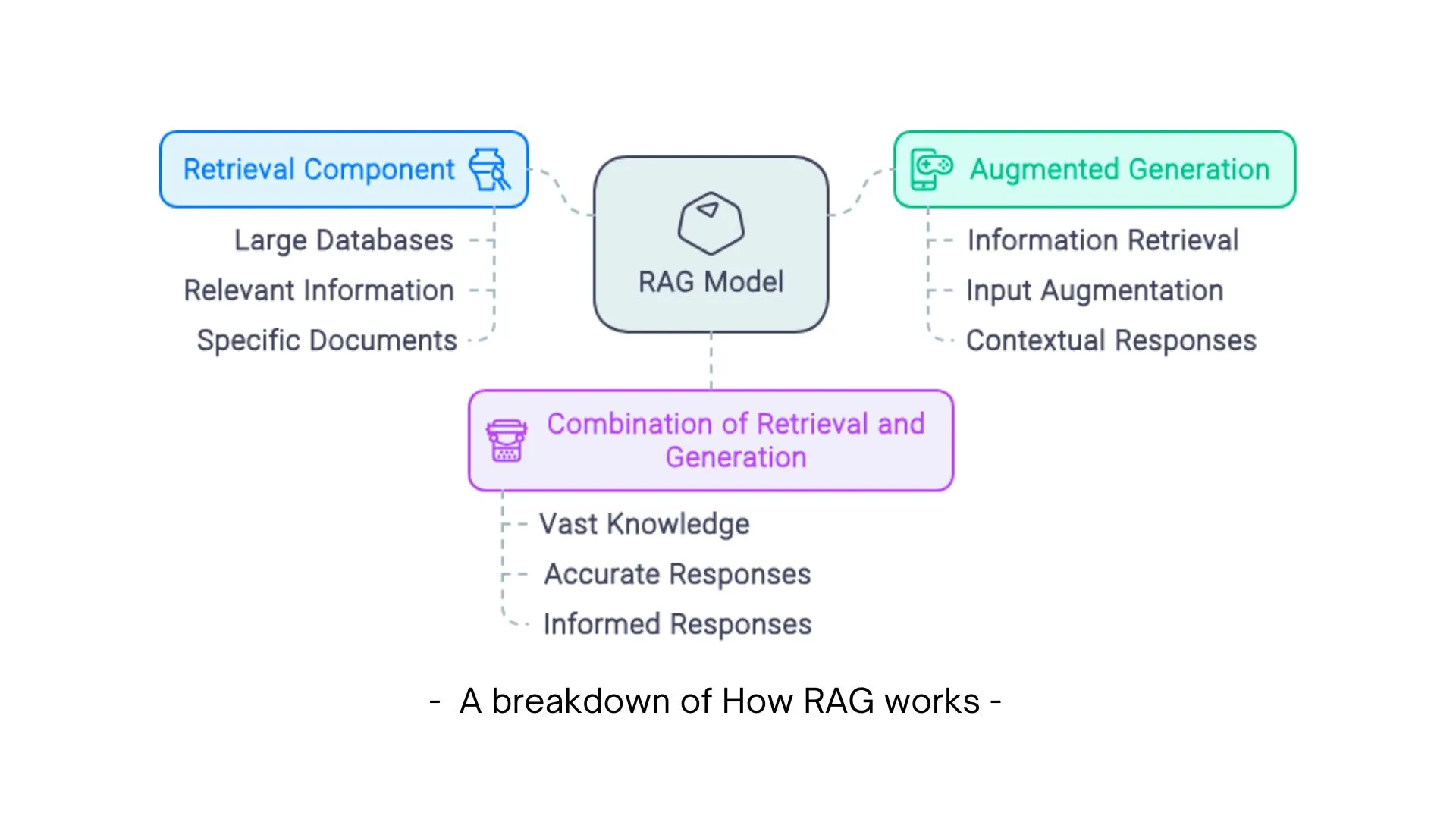
• Enhanced Accuracy: By using up-to-date external information, RAG models can provide more accurate and relevant answers.
• Reduced Hallucination: Language models sometimes generate plausible-sounding but incorrect information. The retrieval step helps ground the responses in real data, reducing the chances of hallucination.
• Adaptability: RAG models can easily adapt to new information by simply updating the retrieval database without needing to retrain the entire generation model.
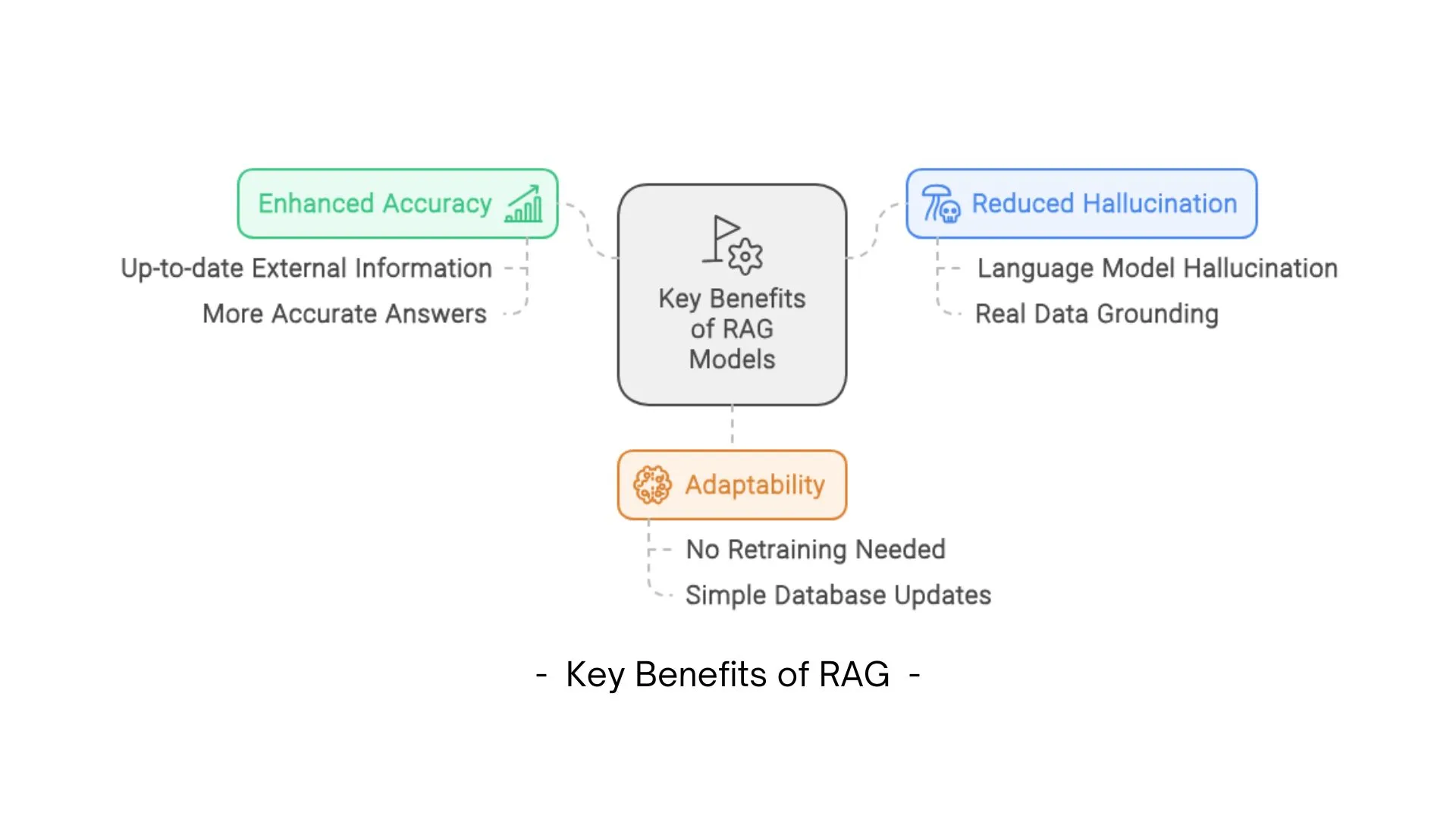
Retrieval-Augmented Generation (RAG) can be applied in various domains and use cases, enhancing the performance and reliability of language models. Here are some notable applications:
• Customer Support: Providing accurate responses to customer inquiries by retrieving relevant information from a knowledge base or FAQ.
• Educational Tools: Answering student questions by pulling information from textbooks, lecture notes, or online resources.
• Personal Assistants: Improving the capabilities of virtual assistants like Siri, Alexa, and Google Assistant by grounding their responses in real-time data.
• Business Bots: Enhancing enterprise chatbots to provide employees and customers with precise information from internal documents and databases.
• News Articles: Generating news content by retrieving the latest information from reliable sources.
• Technical Documentation: Creating accurate technical documents by referencing existing technical manuals, guidelines, and user feedback.
• Clinical Decision Support: Assisting healthcare professionals by retrieving and synthesizing information from medical literature, guidelines, and patient records.
• Patient Education: Providing patients with accurate health information based on the latest research and medical guidelines.
• Legal Research: Supporting lawyers and legal professionals by retrieving relevant case laws, statutes, and legal precedents.
• Compliance Monitoring: Ensuring regulatory compliance by accessing and interpreting the latest regulations and guidelines.
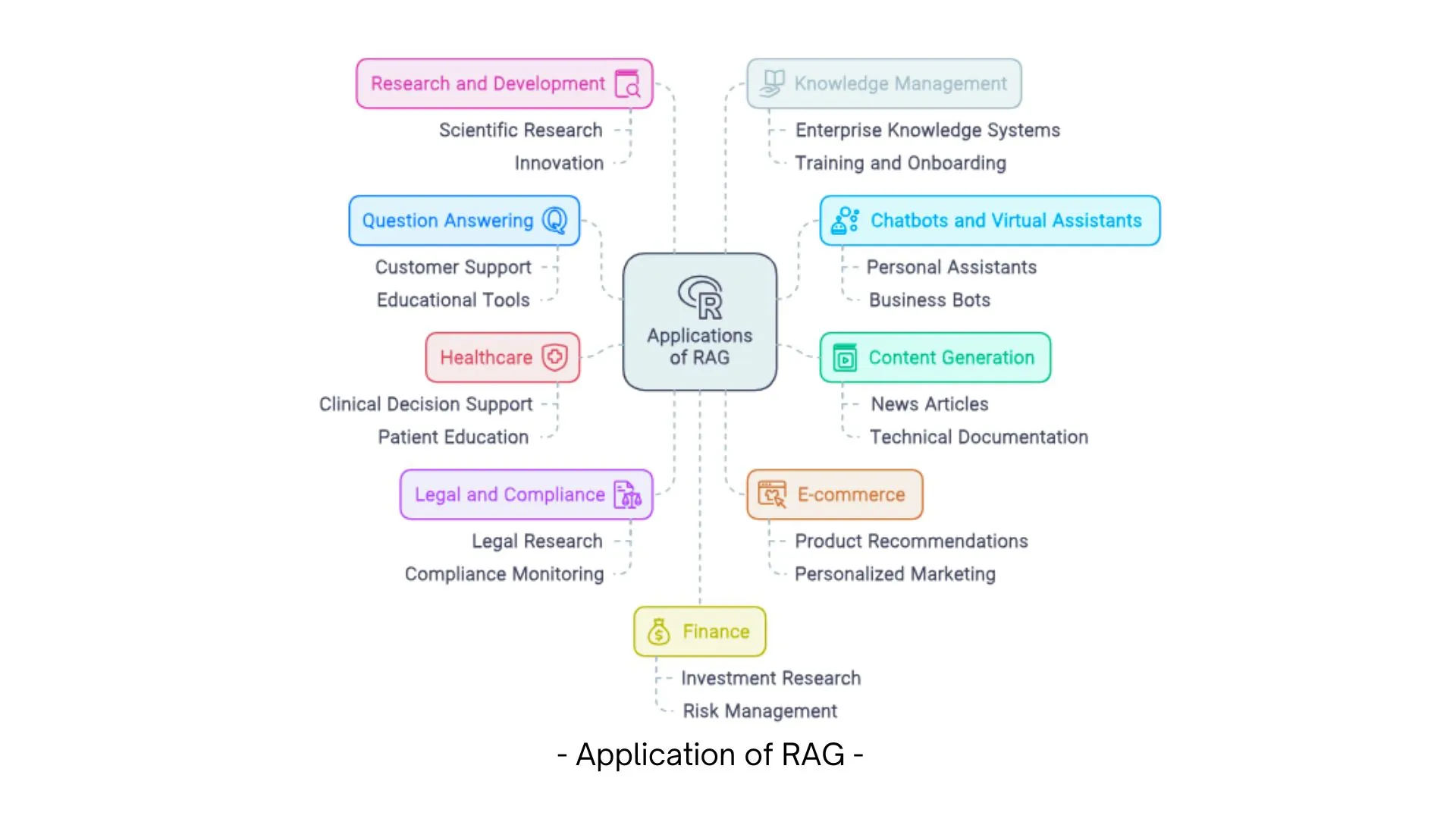
In conclusion, Retrieval Augmented Generation, or RAG, represents a significant leap forward in the accuracy and reliability of large language models. By combining the strengths of both retrieval and generation, we can create systems that not only provide up-to-date and accurate information but also support their responses with solid evidence. This hybrid approach ensures that we minimize the risk of outdated or unsupported answers, making interactions with AI more trustworthy and informative.
As we continue to refine and enhance both the retrieval mechanisms and generative capabilities, we move closer to a future where AI can seamlessly and confidently assist with a vast array of queries, grounded in the most current and reliable data available. Thank you for joining us on this journey to improve AI's performance and reliability. Don't forget to like and subscribe to stay updated with the latest advancements in AI research.
RAG is a framework that enhances AI language models by combining retrieval of external knowledge with text generation capabilities, resulting in more accurate and up-to-date responses.
RAG improves responses by first retrieving relevant information from external sources and then using that information to generate more accurate and contextually appropriate answers.
The main benefits include enhanced accuracy, reduced hallucination, and the ability to adapt to new information without requiring full model retraining.
RAG can be applied in customer support, content generation, legal research, healthcare, and various other domains where accurate, up-to-date information is crucial.
RAG can easily incorporate new information by updating the retrieval database, without requiring the entire model to be retrained, making it more adaptable to changing information.
Your email address will not be published. Required fields are marked *
Loading questions...
